"From now until the end of the year, if there are no unusual weather developments, rice output will ensure the plan to fully meet domestic rice demand and export requirements," said Minister Le Minh Hoan.
In preparation for answering questions from National Assembly deputies at the 25th session of the National Assembly Standing Committee on August 15, Minister of Agriculture and Rural Development Le Minh Hoan has just reported on agricultural exports (output markets are narrowing, many businesses have no orders, key agricultural products have fallen in price...), ensuring national food security.
Minister of Agriculture and Rural Development Le Minh Hoan will answer questions on August 15.
According to the Minister, national food security is an essential and urgent issue when food supply and access are being greatly affected by climate change, natural disasters, environmental pollution, and increasingly fierce and unpredictable cross-border epidemics; and the process of industrialization and urbanization is taking place strongly.
With the rice growing area maintained at 3.5 million hectares by 2030 according to Conclusion 81 of the Politburo and resolutions of the National Assembly, the rice growing area will be about 7 million hectares, yielding 43 million tons of paddy a year, equivalent to 27-28 million tons of rice.
According to calculations in the high safety scenario, the amount of rice used to ensure food security for 100 million people and other domestic consumption needs (processing, animal feed, domestic reserves, national reserves, seed production...) is about 29.5 million tons of rice per year. The whole country will have about 13.5 million tons of rice left, equivalent to 7-8 million tons of rice for export.
"From now until the end of the year, if there are no unusual weather developments, rice output will ensure the plan to fully meet domestic rice demand and export requirements," said Minister Le Minh Hoan.
Although Vietnam imports a certain amount of rice from Cambodia and India every year, most of it is used to produce processed food products and animal feed, so India's ban on white rice exports does not have a big impact on rice for Vietnamese consumption.
According to the Minister of Agriculture and Rural Development, the country will have about 13.5 million tons of paddy, equivalent to 7-8 million tons of rice for export.
Ensuring food security is not just about having enough rice, but also includes meat, fish, vegetables, and other food crops, the report stated.
In addition to rice, Vietnam also annually produces an average of more than 7 million tons of fresh meat, 10 million tons of seafood and tens of millions of tons of vegetables and fruits. Thus, overall at the national level, food security is guaranteed based on supply capacity.
However, the head of the agriculture and rural development sector admitted that difficulties in exporting agricultural products still exist. In the first 7 months of 2023, the total export turnover of agricultural, forestry and fishery products reached 29.13 billion USD, down 9.1% over the same period in 2022. Some industries have taken advantage of market opportunities to increase exports, such as vegetables and fruits (3.2 billion USD, up 68.1%), rice (2.58 billion USD, up 29.6%), coffee (2.76 billion USD, up 6%), and cashew nuts (1.95 billion USD, up 9.8%).
Mr. Le Minh Hoan said that the Ministry of Agriculture and Rural Development will continue to accelerate the development and submission to the Government for promulgation and implementation of the project on sustainable development of 1 million hectares of high-quality rice cultivation associated with green growth in the Mekong Delta and development of a logistics system to improve the quality and competitiveness of Vietnamese agricultural products by 2030, with a vision to 2050.
Previously, on August 6, the Prime Minister issued a directive requiring localities to take advantage of opportunities to increase rice exports, but still ensure food security, strictly handle cases of speculation, unreasonable price increases, and instability.
By the end of 2020, the country's rice growing area was more than 3.94 million hectares. In 2.5 years (from 2021 to July 2023), about 6,370 hectares of rice land were converted for use and reclaimed. The converted and reclaimed land area is being appraised by the Ministry of Agriculture and Rural Development and the Ministry of Natural Resources and Environment, and submitted to the Prime Minister for approval.
Regarding the area of land use conversion and recovery of rice-growing land under the decision of the Provincial People's Council (under 10 hectares), Minister Hoan said "The Ministry of Agriculture and Rural Development has no information".
ANH PHUONG/SGGP NEWSPAPER
Source


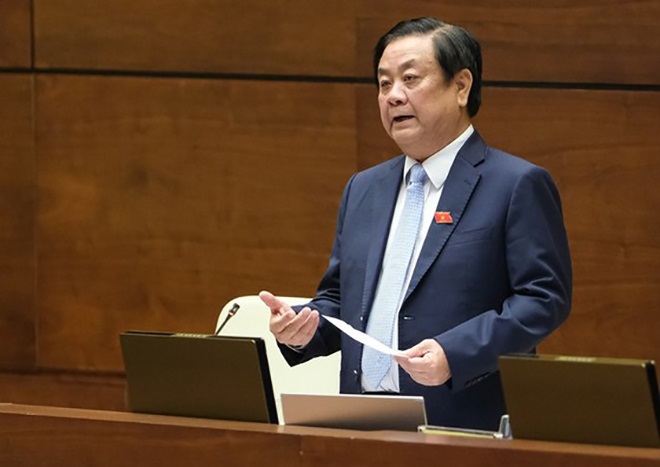
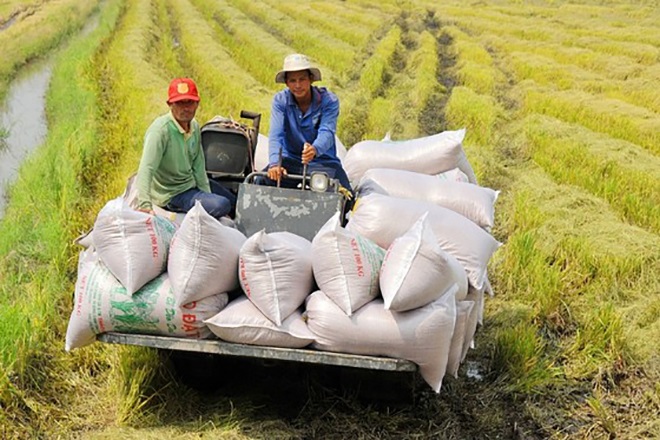
![[Photo] Phuc Tho mulberry season – Sweet fruit from green agriculture](https://vstatic.vietnam.vn/vietnam/resource/IMAGE/2025/4/10/1710a51d63c84a5a92de1b9b4caaf3e5)
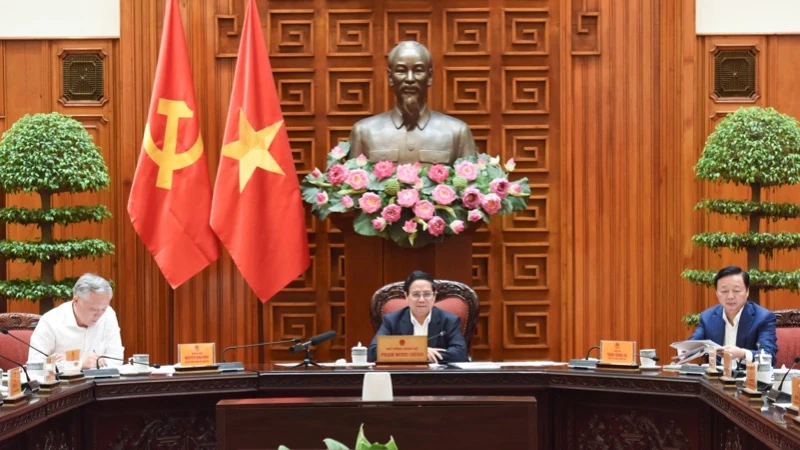

![[Photo] Prime Minister Pham Minh Chinh chairs meeting to discuss tax solutions for Vietnam's import and export goods](https://vstatic.vietnam.vn/vietnam/resource/IMAGE/2025/4/10/19b9ed81ca2940b79fb8a0b9ccef539a)
![[Photo] Unique folk games at Chuong Village Festival](https://vstatic.vietnam.vn/vietnam/resource/IMAGE/2025/4/10/cff805a06fdd443b9474c017f98075a4)

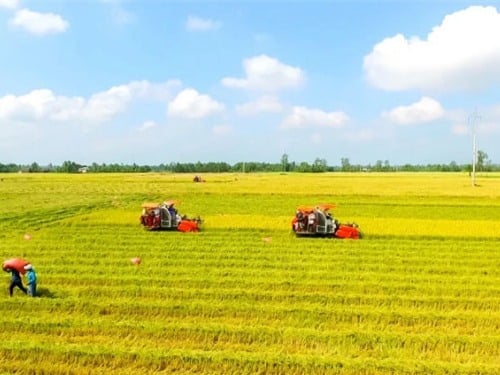

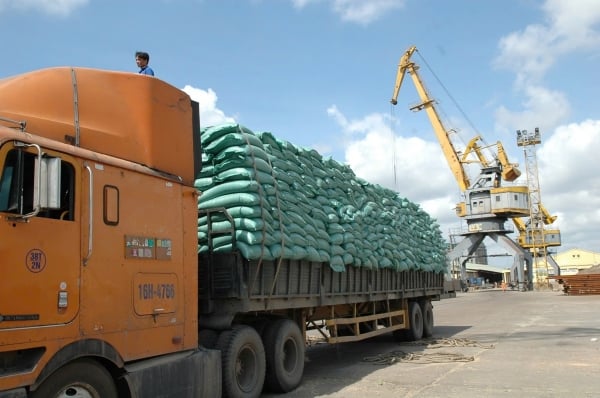

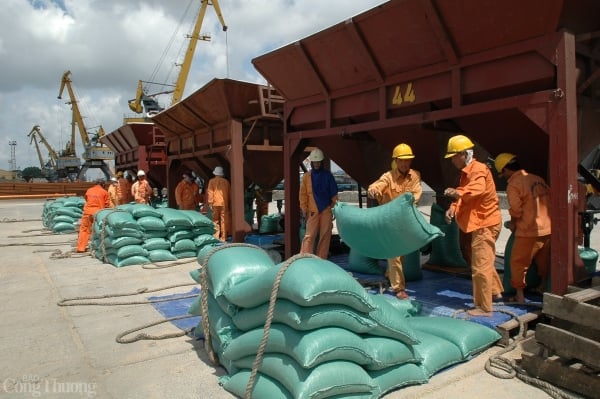


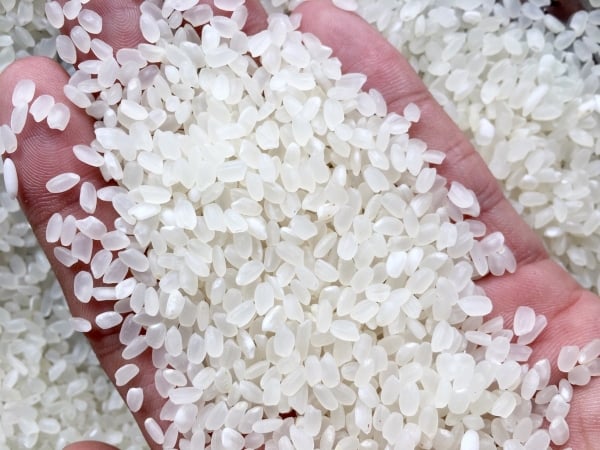
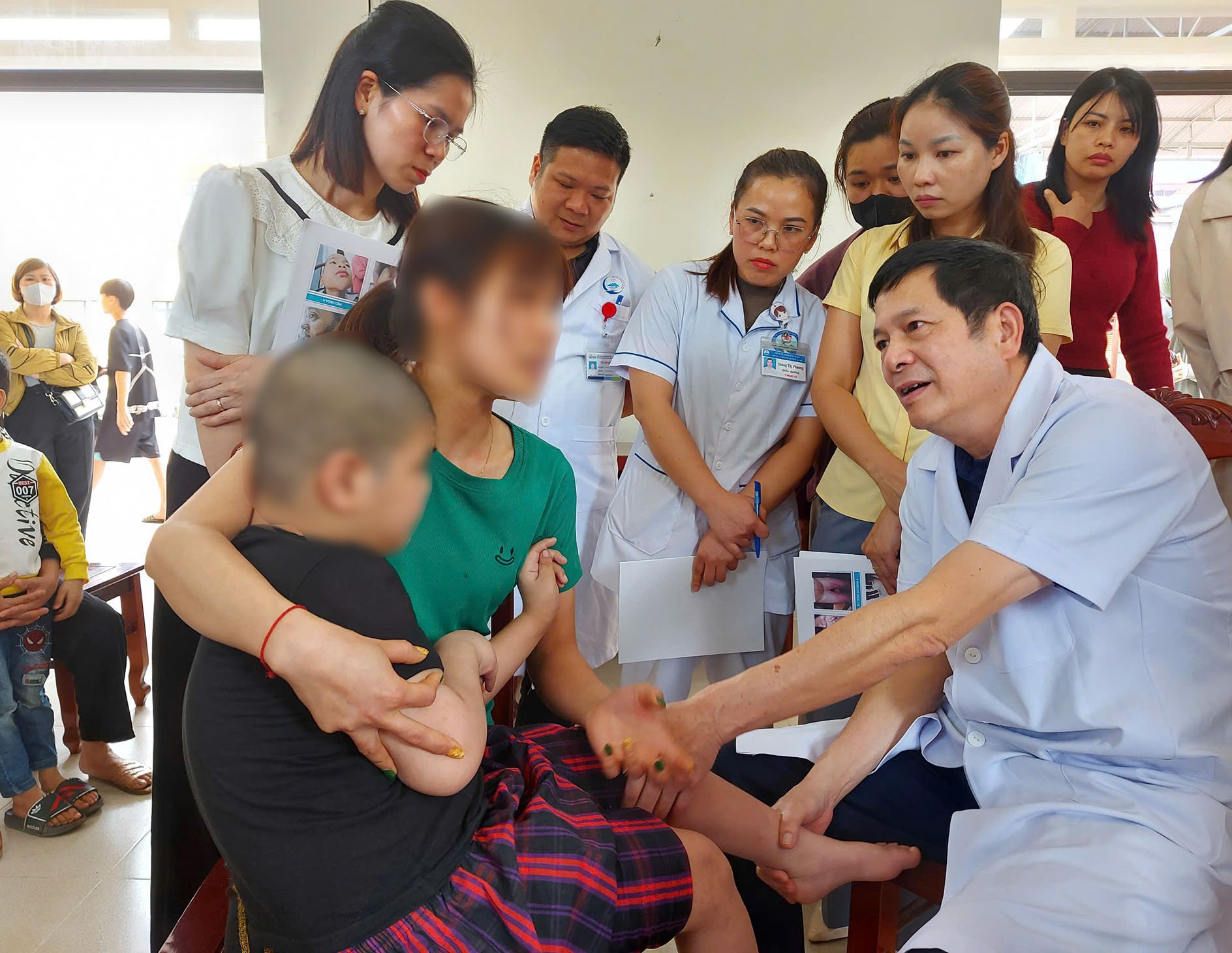
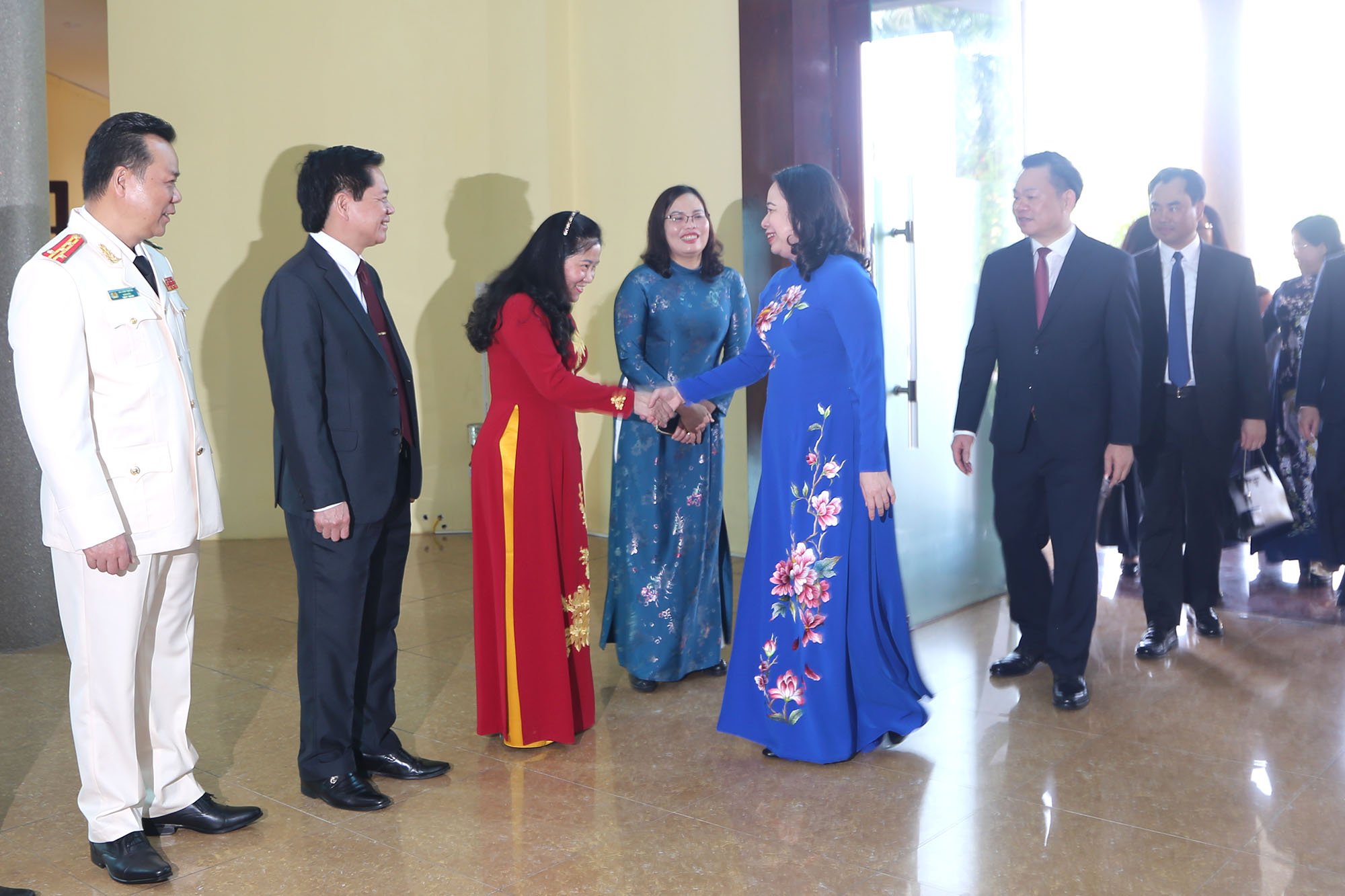
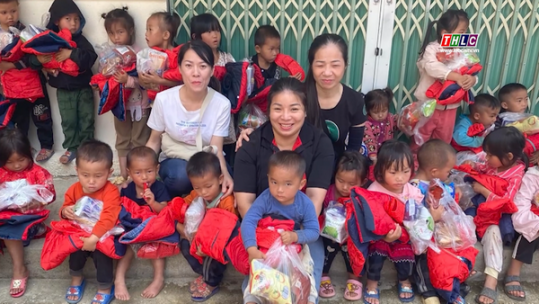
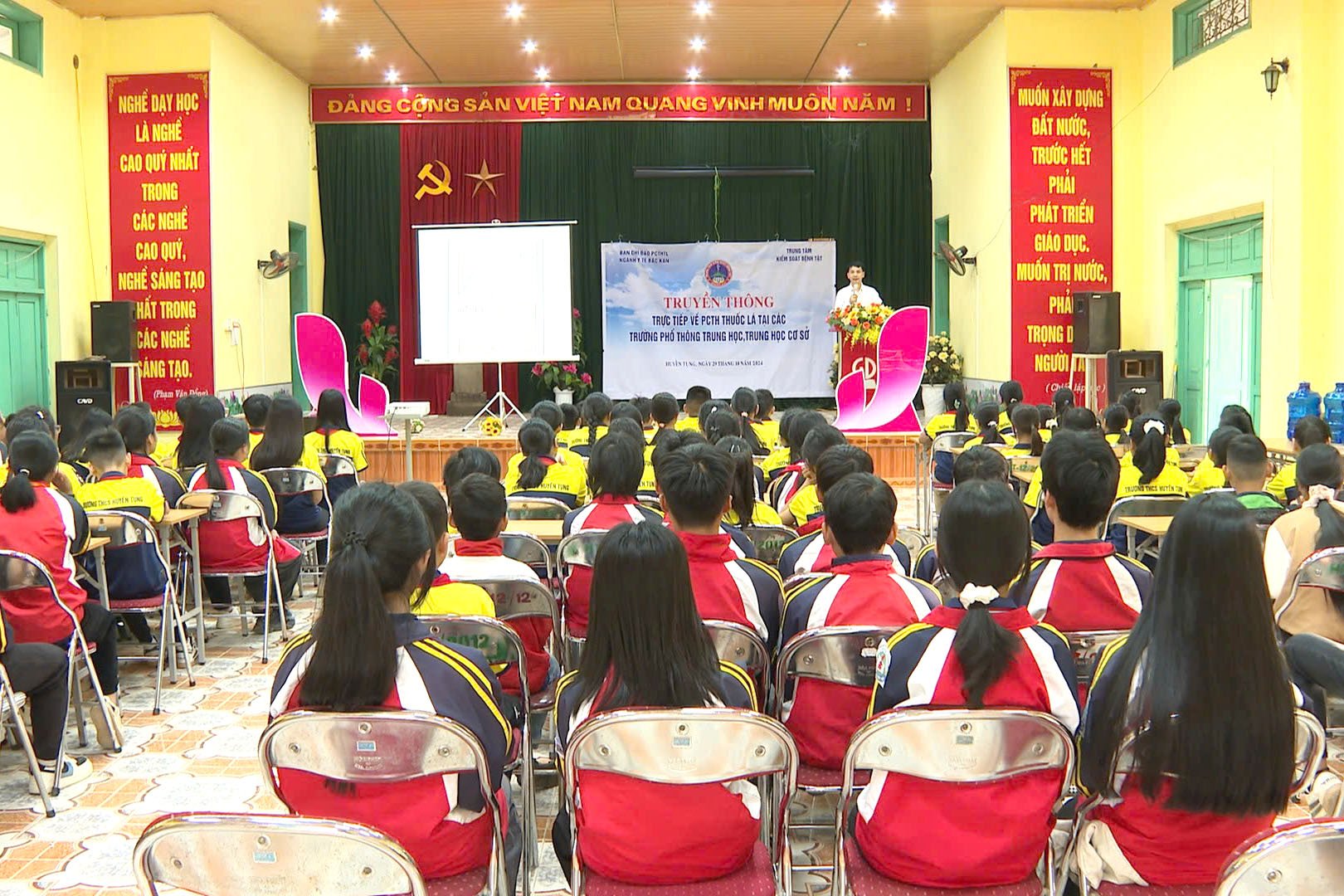
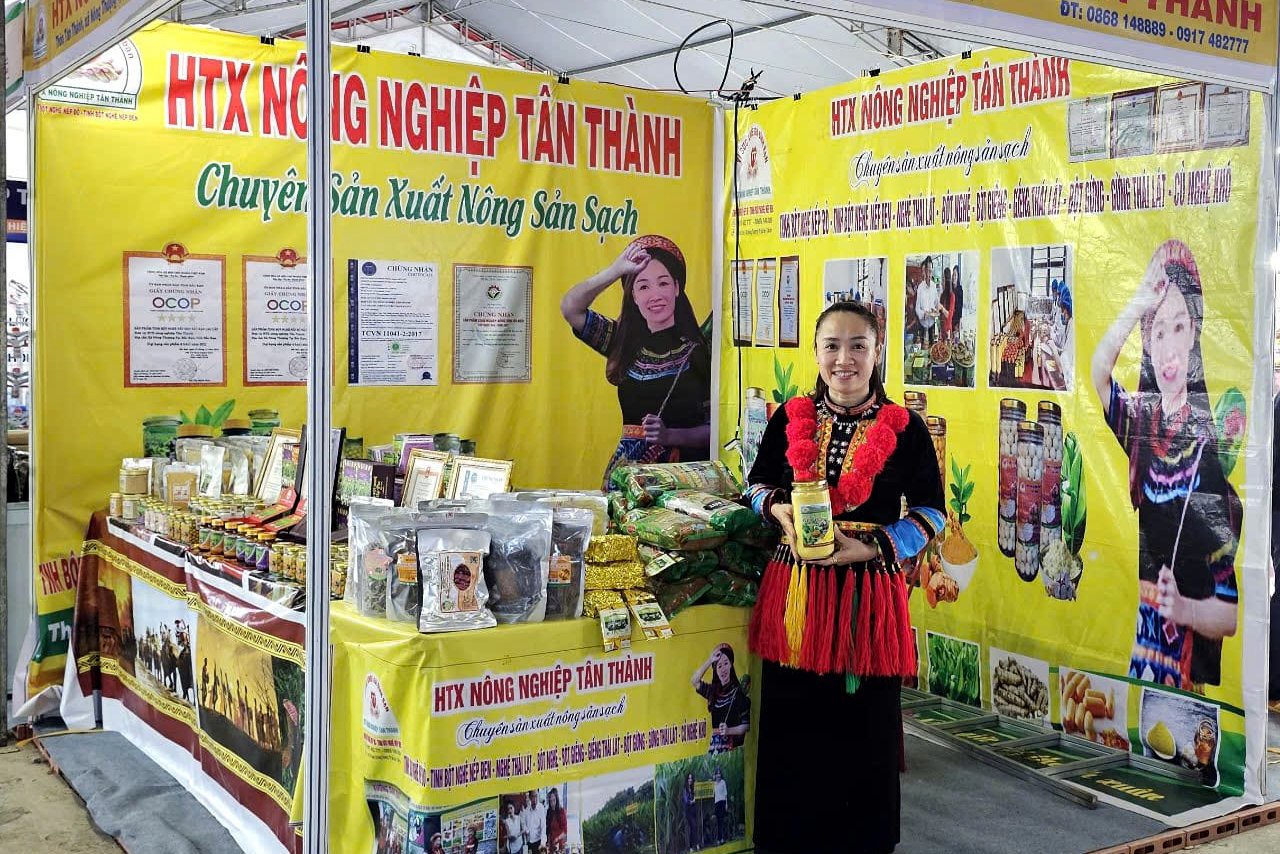
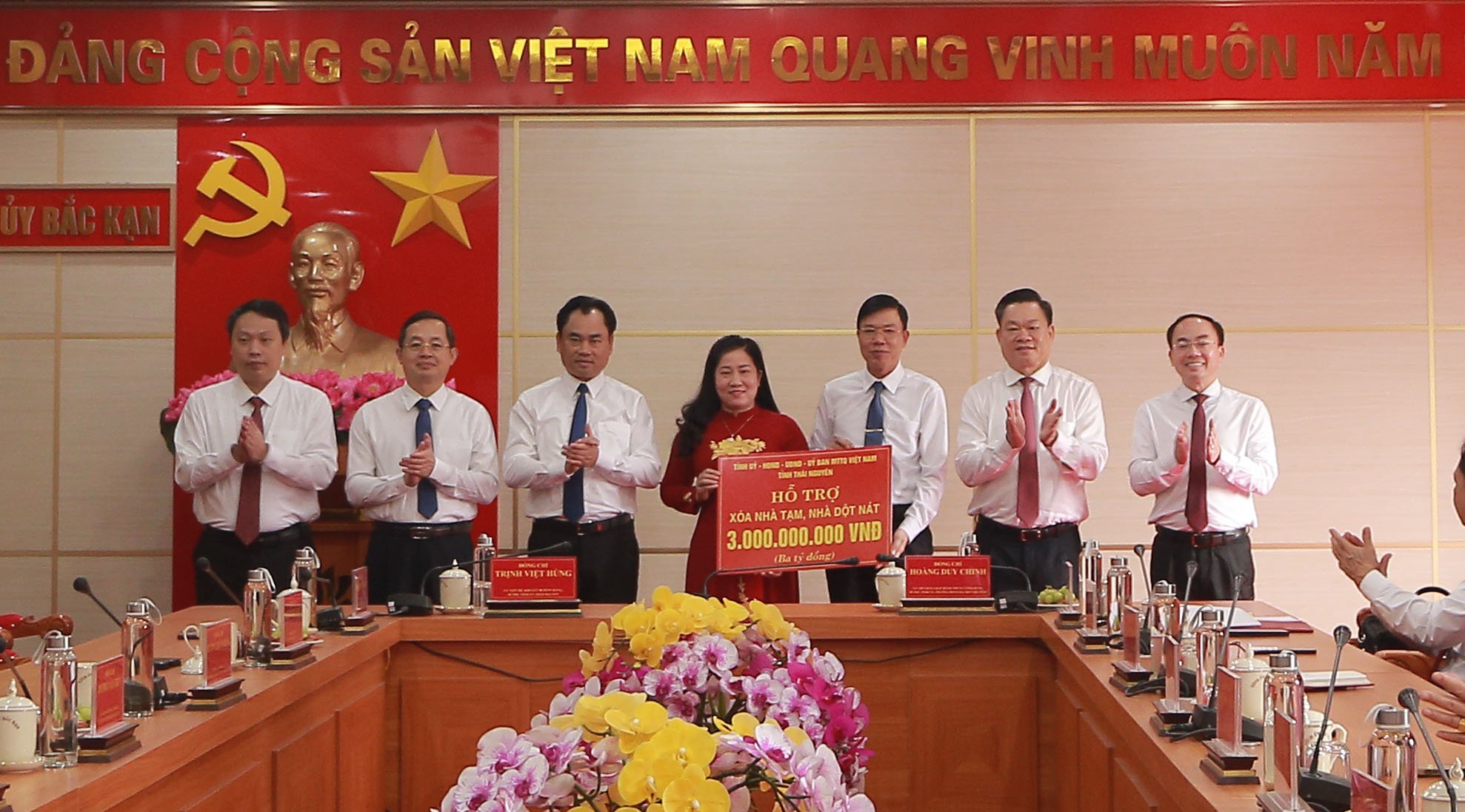




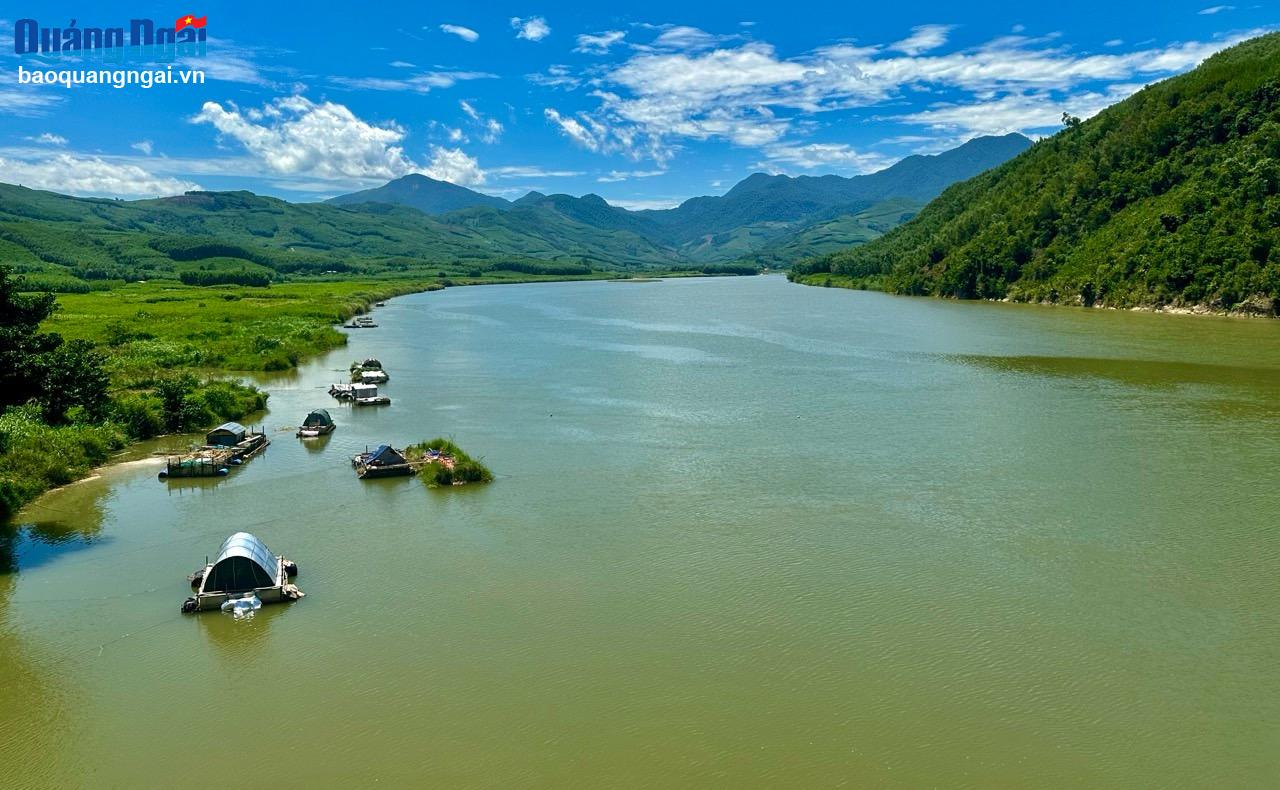
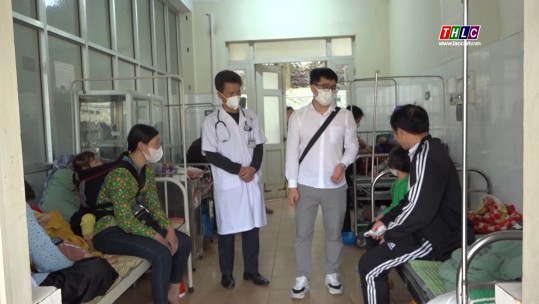
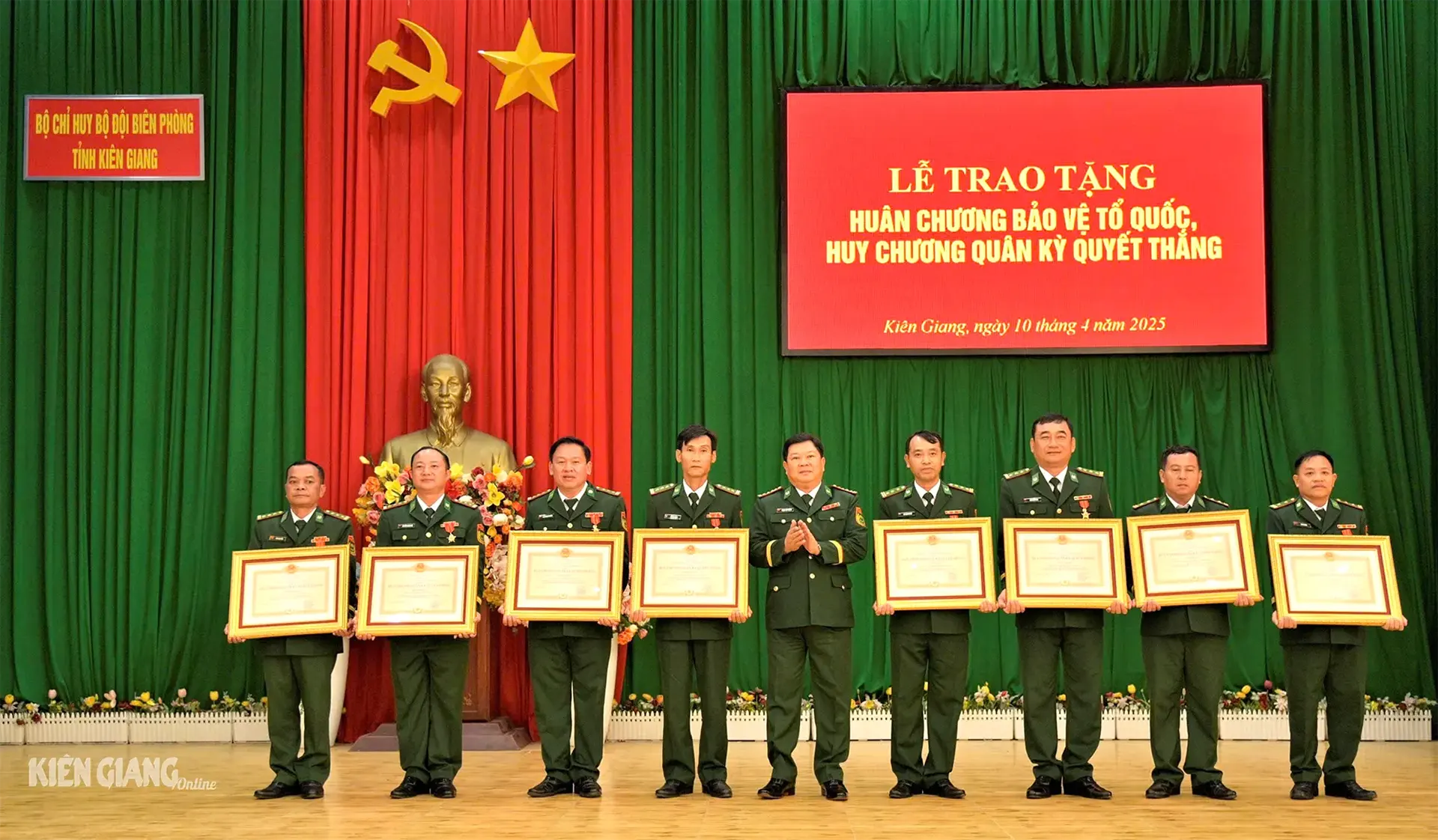
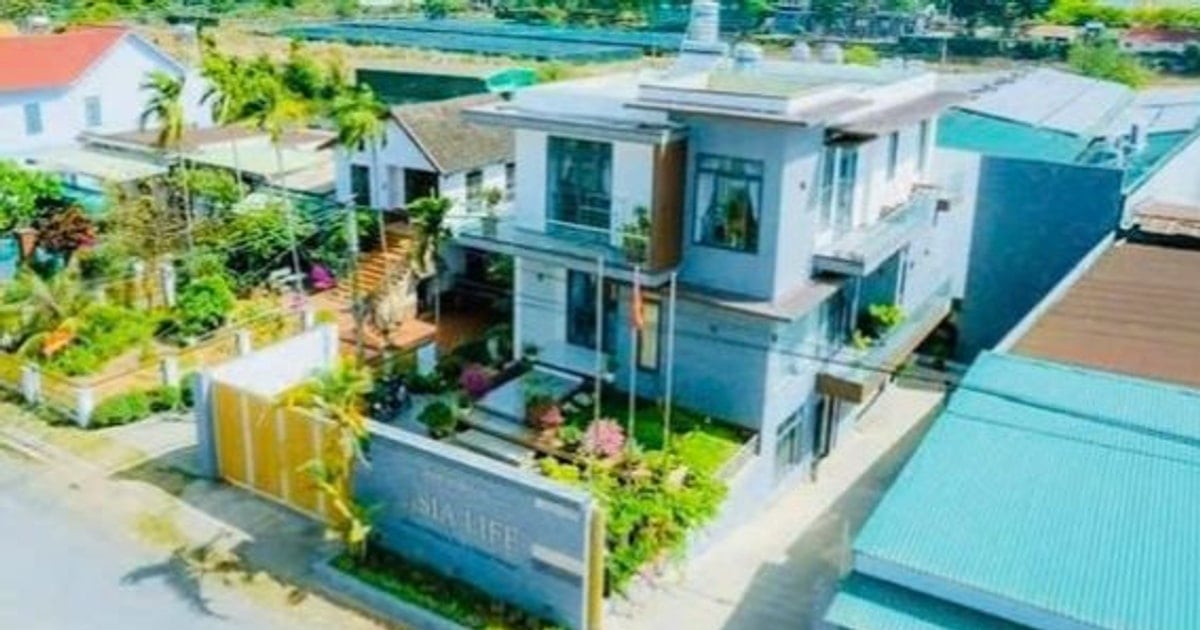
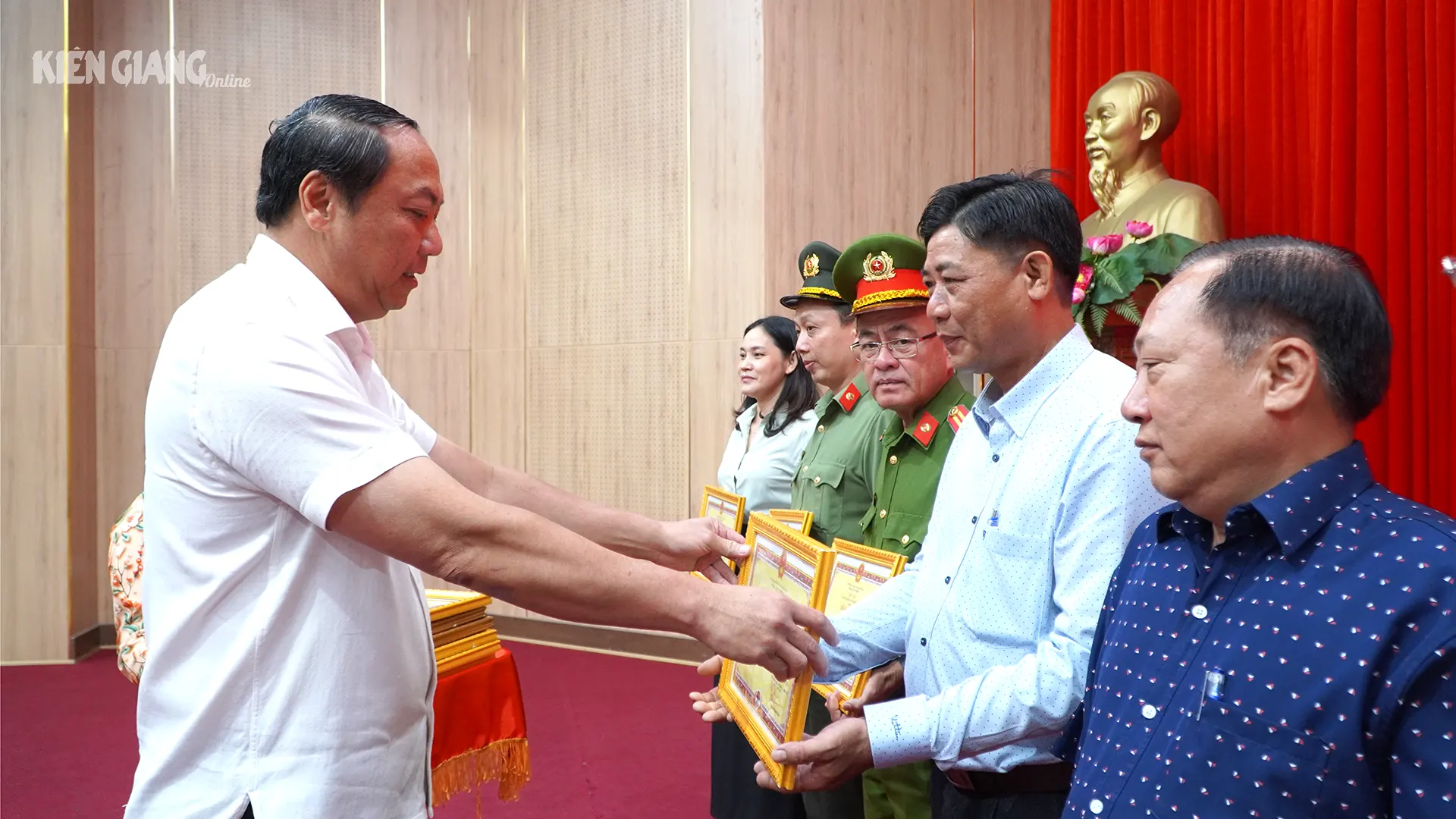
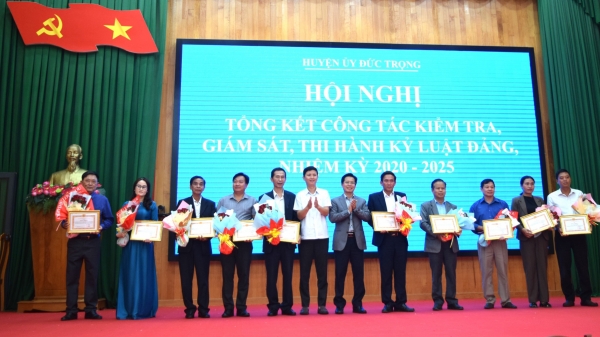




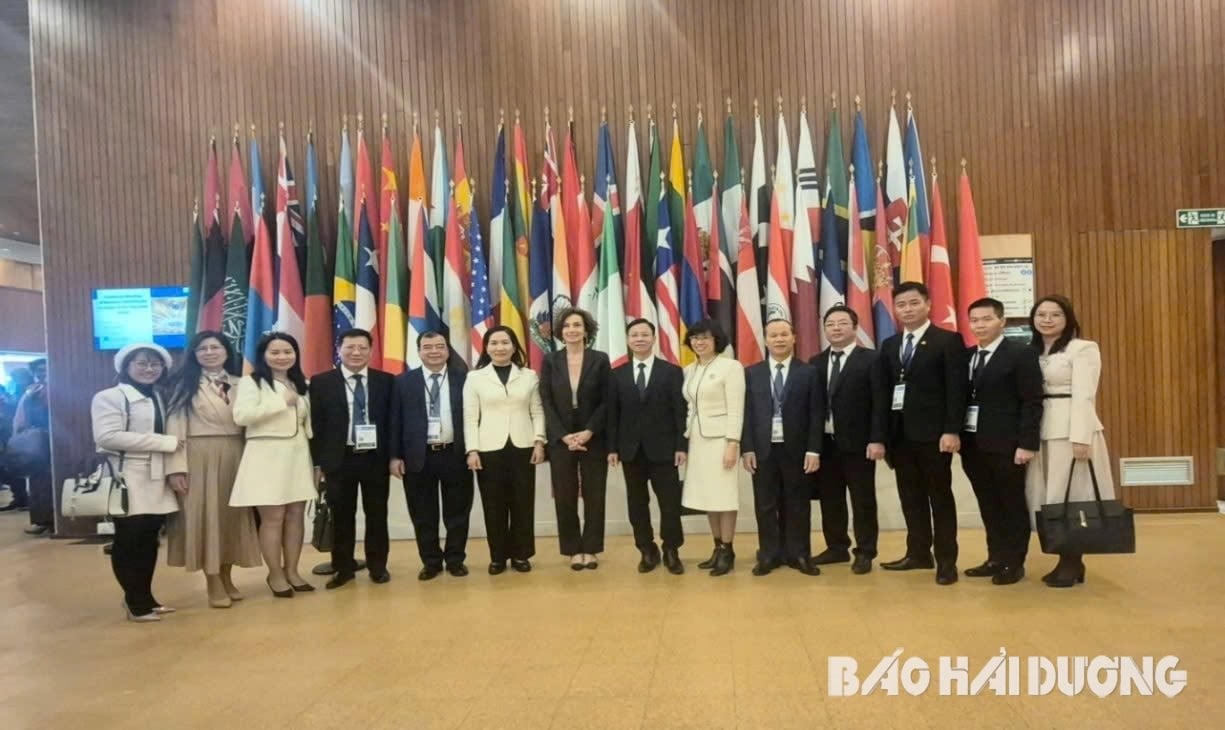










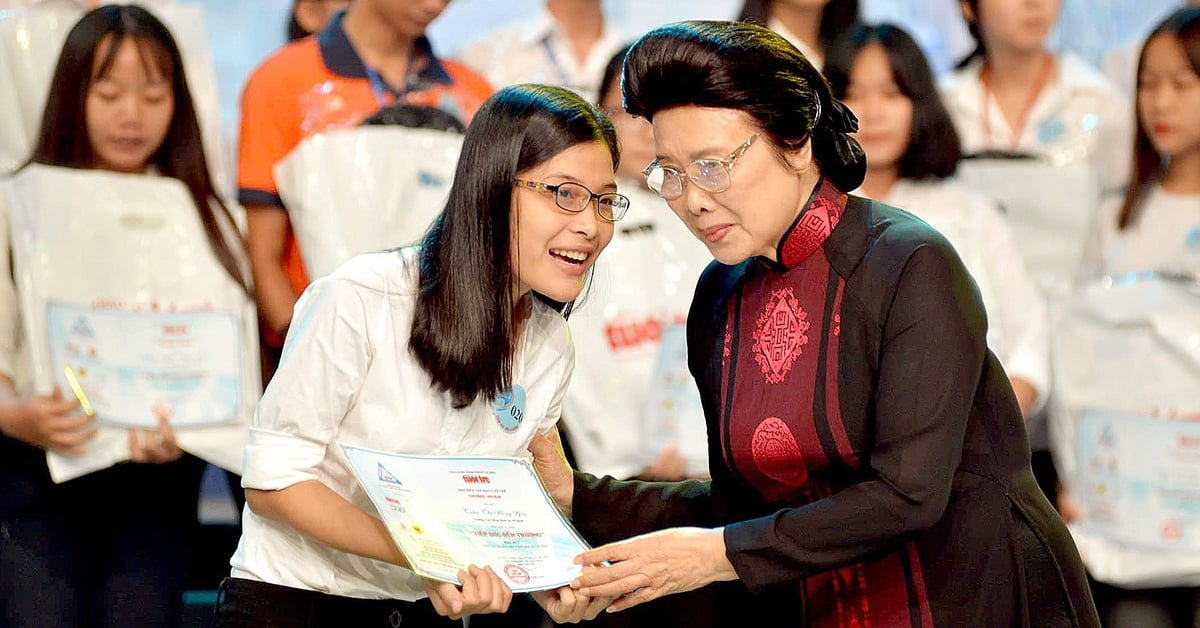






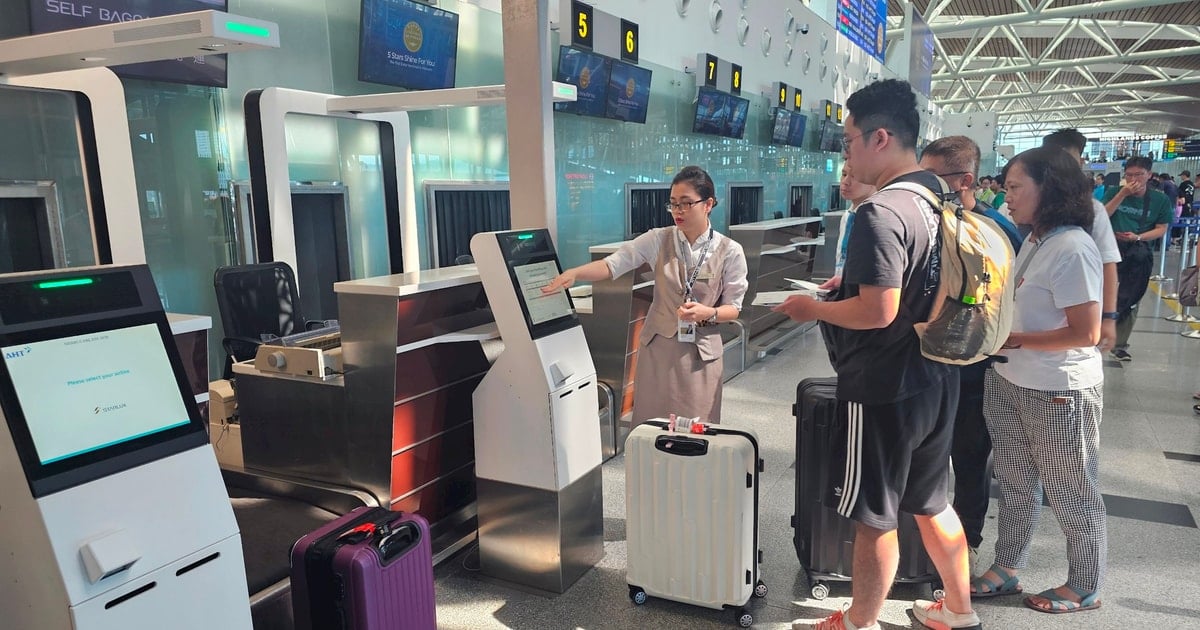


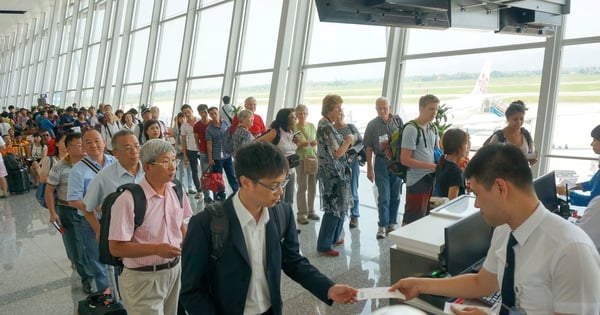


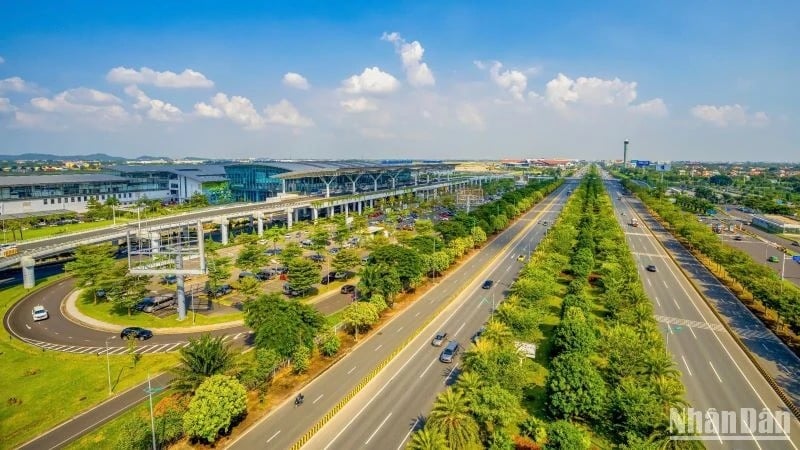



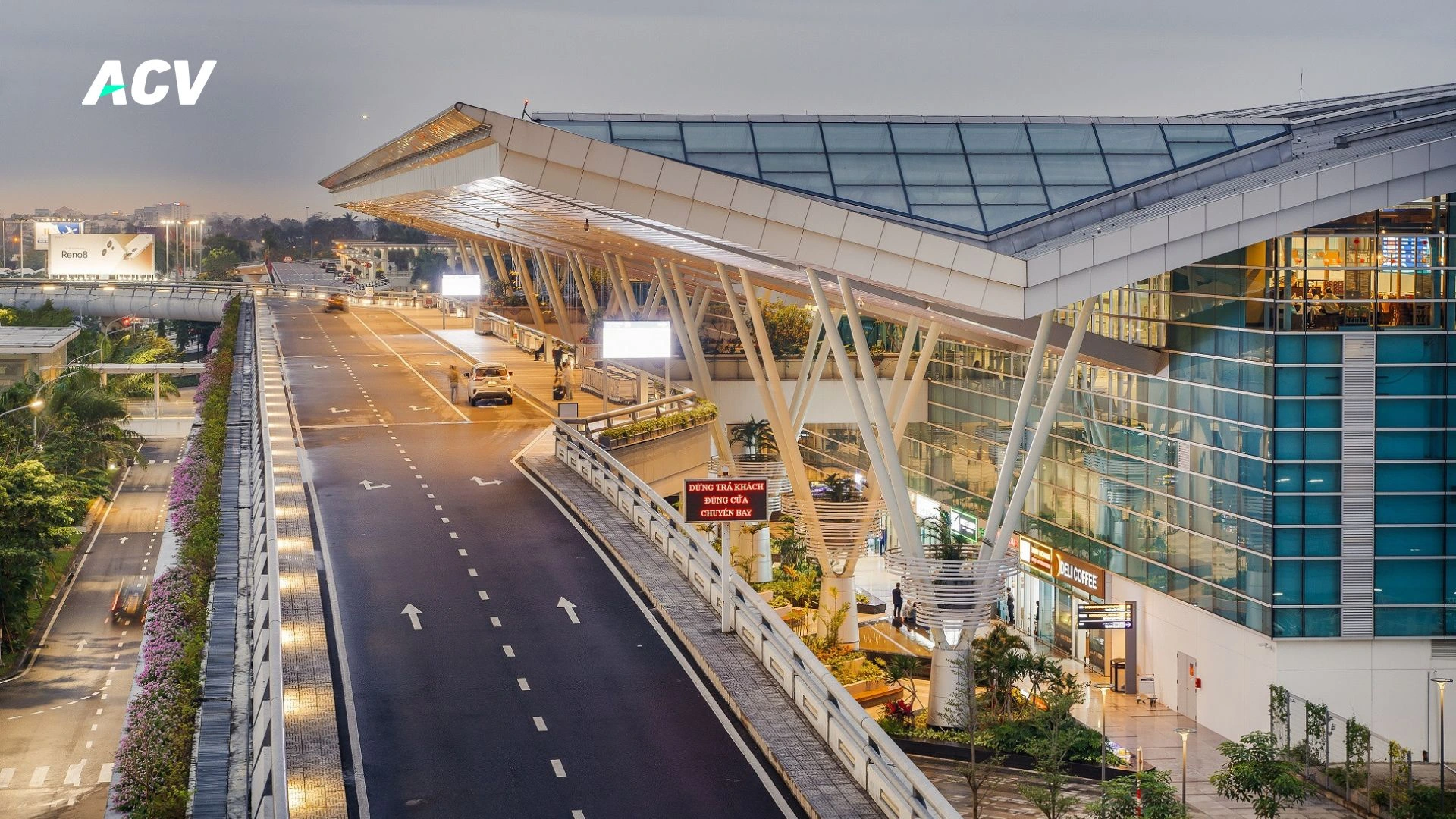

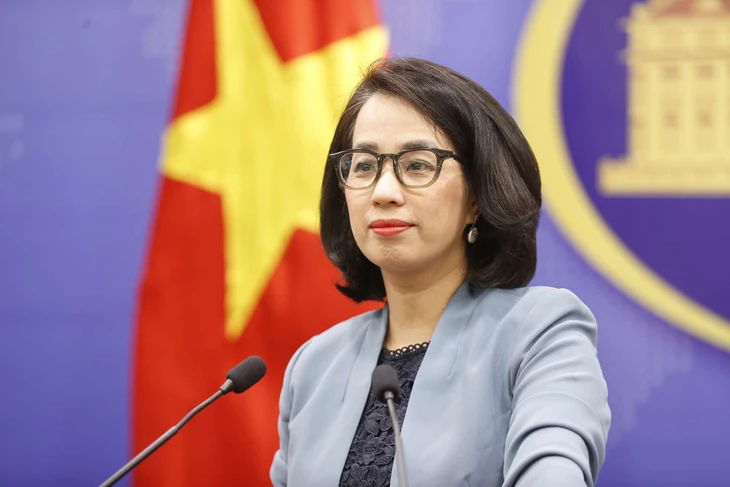

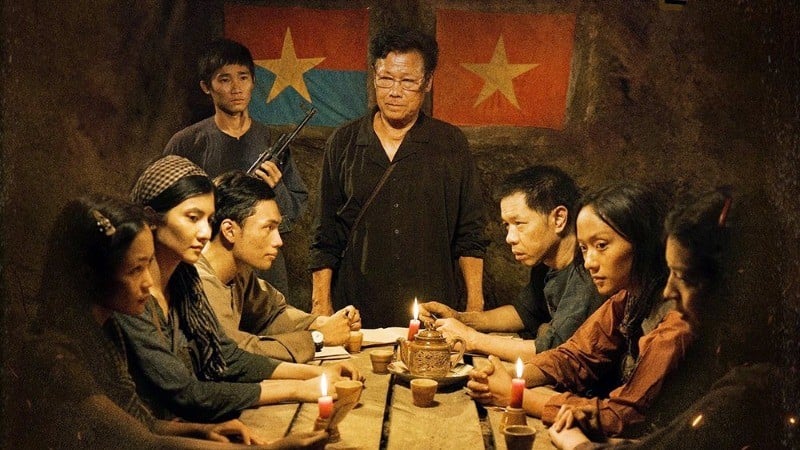



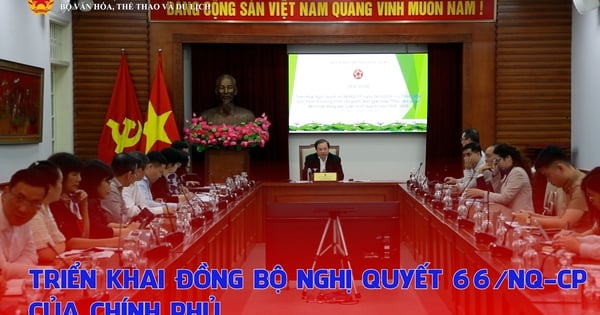


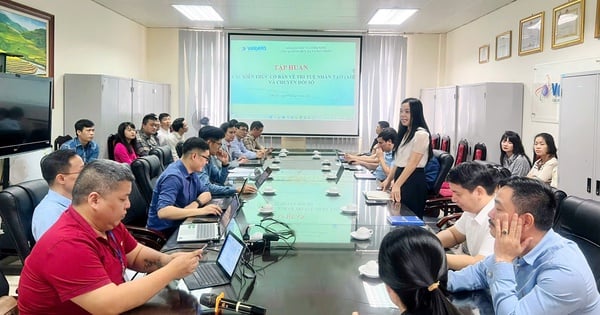

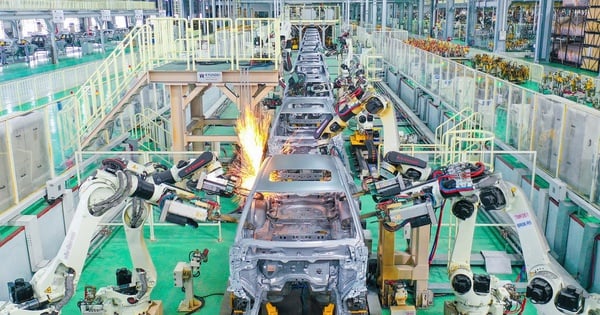
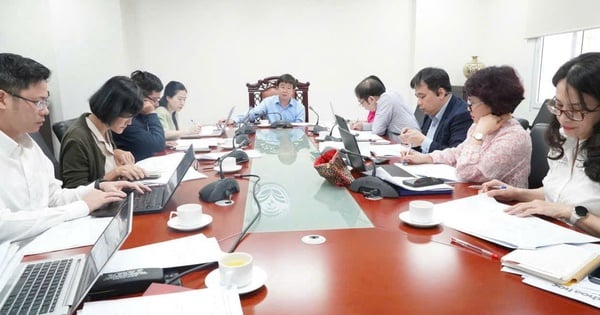
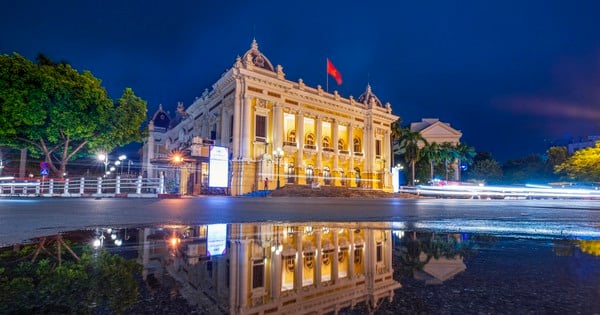
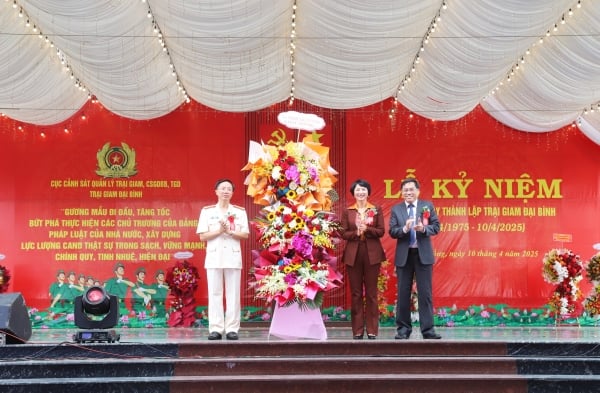


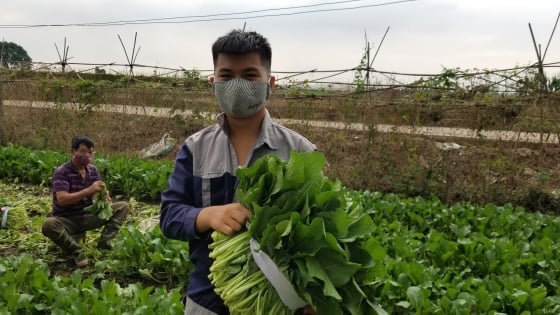
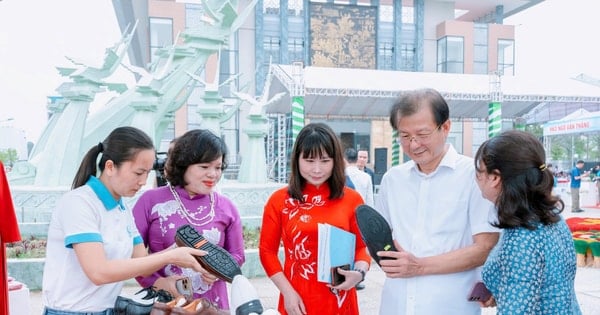



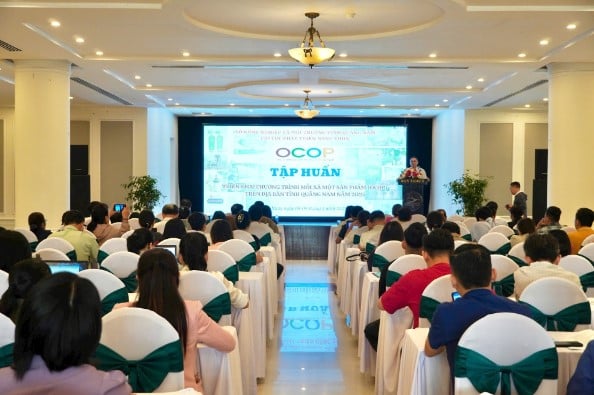
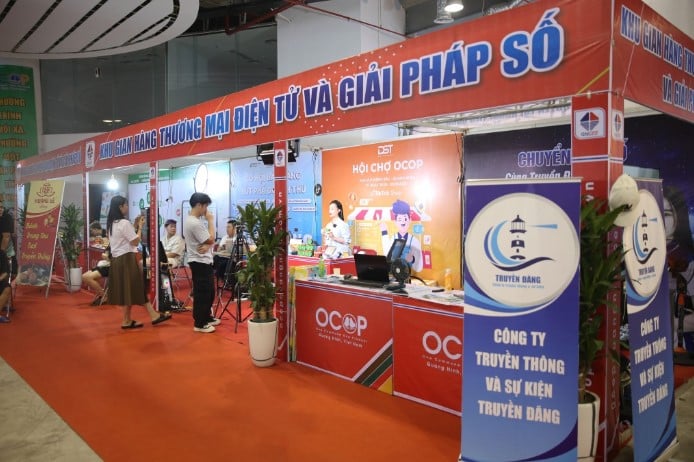
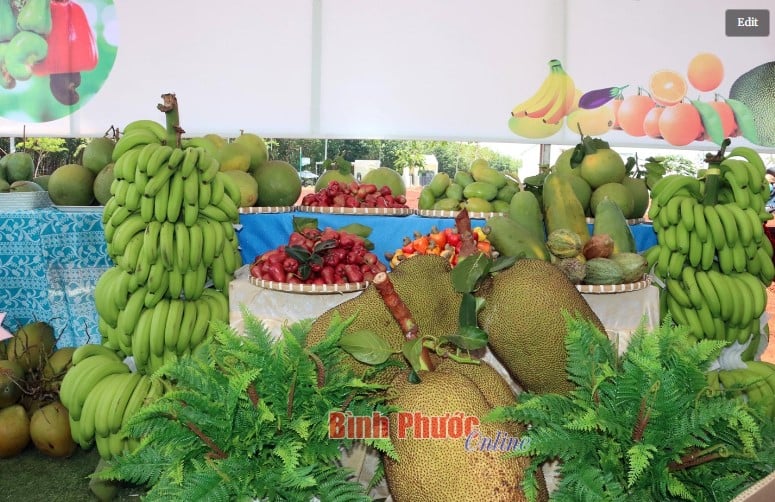
Comment (0)